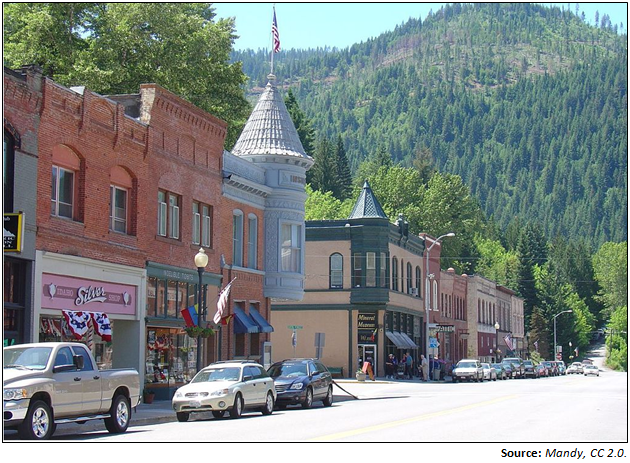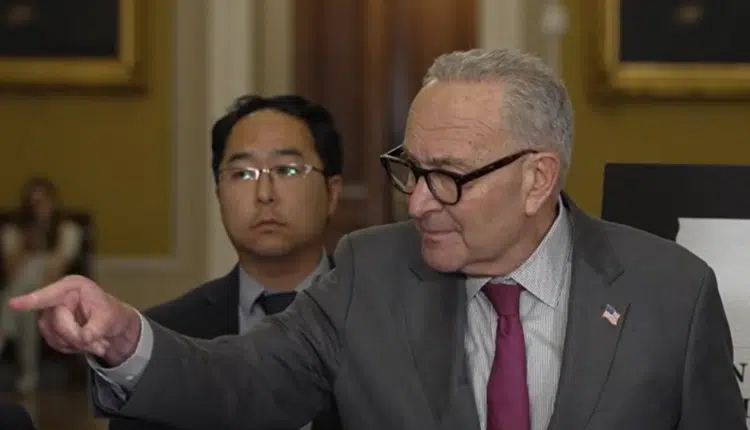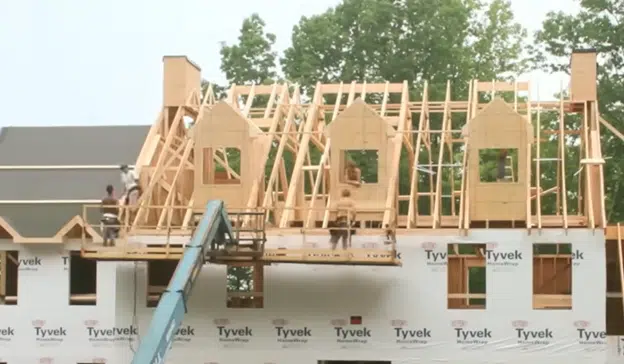America appears to be past the peak in COVID-19 deaths, cases and hospitalizations, according to data compiled by at Covid19.healthdata.org, with more than 91,000 dead from the China-originated virus. Going forward, the projections say cases will dwindle down to almost no new cases and deaths by August.
That’s in part the good news, as terrible as the ordeal we’ve been through already has been. The worst is behind us.
The bad news is that to keep the death toll as low as possible, state government resorted to general closures of schools and businesses. As a result, another 2.4 million Americans filed for initial unemployment claims the week ending May 16, atop the 25.1 million who were already collecting jobless benefits the week ending May 9, meaning as many as 27.4 million have lost their jobs on a net basis since the economic shutdown began.
That’s up from last week, unfortunately, and if that number continues growing even after we are reopening, watch out.
Add to the up to 27.4 million jobs lost the 5.8 million who were already unemployed when this all began, and more than 33.2 million are unemployed, an effective unemployment rate north of 20 percent, the highest since the Great Depression.
Particularly hard hit has been none other than the health care sector, with 2.1 million jobs lost between February and April as private health providers cancel appointments en masse, postpone treatments, therapies and other surgeries.
But the other side of that are patients who are cancelling their appointments, just as individuals are choosing to work from home in many cases if possible. People are afraid to go outside.
Meaning, as state governments are in the process of reopening they need to do so in a safe way to give Americans the confidence they need to return to the economy. It’s not going to be easy, but one place that the federal government can help in this regard is with proposed phase four legislation now on the table.
Top of the list should be the necessary testing and protective gear including masks that employers will need to give employees and customers assurance that their health and safety needs are being taken into consideration. Otherwise, customers might be unwilling to venture to stores, restaurants or other establishments. If that means the Defense Production Act needs to be invoked again, then invoke it.
Pitfalls in phase four legislation include any proposals to engineer price fixing to deal with the issue of surprise medical billing, which could have negative impacts on already beleaguered and cash-strapped private health providers particularly in rural areas. That should be kept out of any legislation.
Other risks include simply the price tag involved with spending trillions of dollars to rebuild the economy that has been decimated. Any stimulus has to be focused on incentives to get people to rejoin the labor force, and for employers to rehire rapidly. Presumably payroll protection that was already passed will factor in, but the more than 25 million on unemployment right now clearly did not qualify. What will it take to get those Americans back into the labor force to prevent this from becoming a depression? Besides stopping the pandemic there is no more urgent consideration?
The real rub will come with the fact that it needs to be more profitable to hire employees than it is to sit on cash reserves. Similarly, prospective employees need to be making more at their jobs than is presently being offered via unemployment benefits in certain regions, paying more than what they were getting at their jobs. That’s a perverse incentive for many to stay on unemployment.
Then there are exigent factors that can unduly impact the economic outlook, including the incredibly strong dollar relative to other trade partner currencies. With the dollar so strong, the costs of U.S. exports increase dramatically while the price of imports drop. This will continue to pinch jobs in the U.S. until the dollar weakens. The Federal Reserve and Treasury can intervene when this happens. Just as they can when the dollar is too weak creating inflation, so too can they intervene to prevent deflation.
It’s all a lot for policymakers to consider, but suffice to say there has to be an emphasis on safely reopening, or even states that are anxious to get on with it will find their citizens’ still concerned about venturing out, creating a vicious cycle. So, if they need masks and lots more tests to feel safe, and that is what is necessary to get on with commerce, then make and deliver the masks and tests so we can all get back to work.
Robert Romano is the Vice President of Public Policy at Americans for Limited Government.







